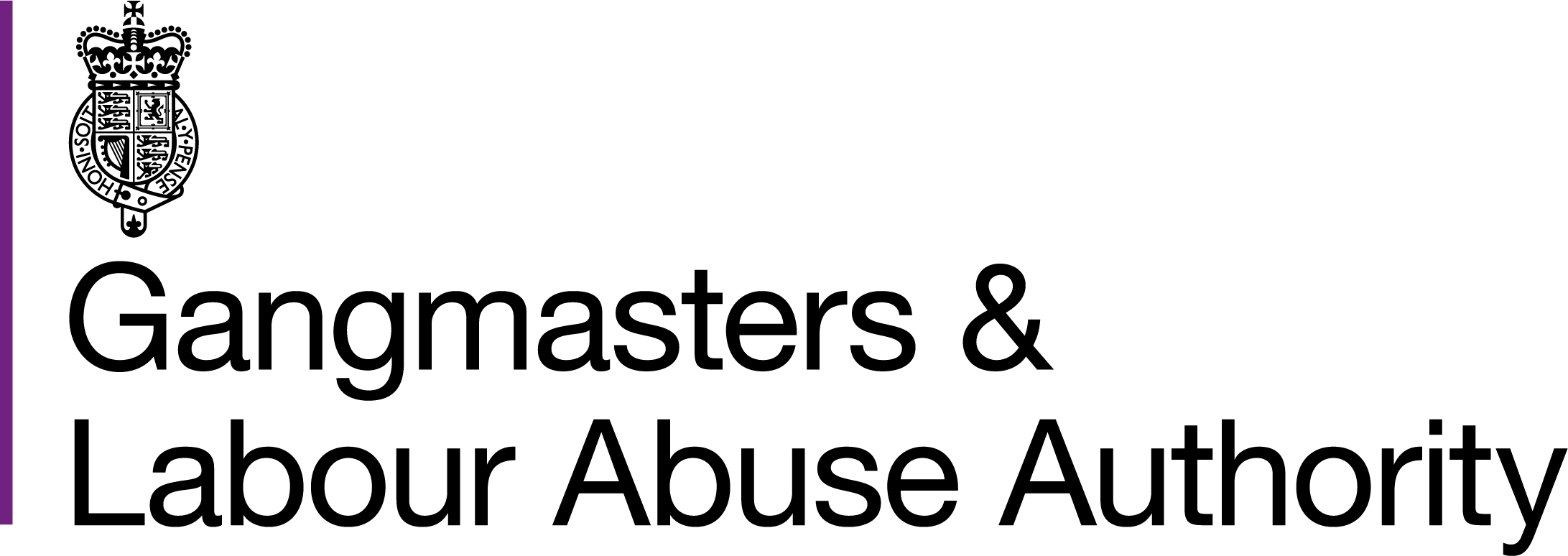Industry Profiles - Nail Bars - 2020
Here we look at labour exploitation in the nail bar industry and the headline trends for this sector including victim profiles, recruitment, how they are transported to the UK and how to prevent exploitation.
Victim profile
Victims are both male and female, with slightly higher reporting of the latter. Age is largely unknown but tends to be under 35 years and of Vietnamese nationality.
Irregular migrants are reported to be working in the sector. Also, several workers who are unable to communicate in English.
Location
Exploitation is reported in various locations across the UK. There is slightly higher reporting in London and the North-East. This may be a result of intelligence generated through proactive multi-agency work.
Recruitment
Methods of recruitment into the sector are largely unknown. Limited reports suggest recruitment via friends and family.
Health and safety
Concerns include lack of PPE and excessive working hours with no food breaks.
Transport to the UK
Methods of transport are largely unknown. There are limited reports of Vietnamese nationals being transported to the UK by lorry, arranged by the exploiter.
Some reports allude to connections with organised crime groups and limited reports suggest some victims are also employed at cannabis farms and/or forced into prostitution.
Accommodation
The extent to which exploiters provide accommodation is largely unknown. There are reports of shared houses and flats being used to accommodate workers.
Payment
The most received allegation is non-payment of National Minimum Wage, commonly around £7 an hour.
Working conditions
Potential victims are often described as being withdrawn, overworked or discontent. Despite potential exploiters appearing aggressive or threatening, reports of physical abuse were low.
Horizon scanning
Consumer demand for beauty services will continue and is likely to increase. This could lead to a saturated and highly competitive market wherein costs are increasingly cut to attract customers.
There is some scope for the licensing of nail bars following government recommendations made in 2018.
The current pandemic resulted in the closure of nail bars and there is a risk that workers may be forced into other sectors and/or criminality including drug cultivation and prostitution.
Key questions to prevent and identify labour exploitation
• Do recruitment processes include questions to identify whether a person may have been trafficked, paid work finding fees, or was otherwise exploited whilst seeking employment?
• Do you have any additional due diligence checks for workers at risk of being exploited?
• Do members of your organisation receive training on spotting the signs of modern slavery?
• Do you have an internal escalation process if you identify an issue of exploitation? Do you know who to contact?
• How do you ensure workers on site know how much they should be paid? How do you advertise how complaints can be reported?
• Are there mechanisms in place to engage with workers? Including access to translation services?
• How do you risk assess potential modern slavery and labour exploitation in your business?
What to consider when reporting intelligence
Example: Nail bar is staffed by workers from South East Asia who speak limited English. The manager speaks to staff rudely and they fear him.
What further information may assist the GLAA?
Provide the address of the nail and more details about the workers involved
- Do any appear to be minors?
- Are they male or female?
- Is there any evidence of injury or workers being subjected to physical violence?
- What hours do they work?
- What hours is the shop open?
- How are workers arriving, are there vehicle details?
- Is there information to suggest that workers may be living in or above the nail bar?
- How much are workers paid?
- How does recruitment occur?
Whilst not all factors may be known, any additional details will assist the GLAA in identifying people and locations involved for operational purposes and to improve our intelligence picture.
Resources
GLAA resources are available including our Spotting the Signs leaflet.
Who to contact
Please report to the GLAA:
• Unlicensed trading in the regulated sector (agriculture, horticulture, shellfish gathering and any associated processing and packaging) across the UK.
• Labour market offences (non-payment of the National Minimum Wage, breach of Employment Agency Standards) in the regulated sector in England and Wales
• Individuals, labour users or labour providers who are suspected of modern slavery and human trafficking in any labour industry (excluding sexual exploitation), or individuals who are potential victims of such activity in England and Wales.
Please report to partners:
• Issues of National Minimum Wage only, in sectors that are not GLAA regulated to the HMRC NMW team (https://www.gov.uk/government/organisations/hm-revenue-customs/contact/national-minimum-wage-enquiries-and-complaints)
• Health and safety issues only (all sectors) to the Health and Safety Executive (http://www.hse.gov.uk/contact/concerns.htm)
• Workplace relations and employment law issues (including contract issues, discrimination and grievances) to the Advisory, Conciliation and Arbitration Service (ACAS) (https://www.acas.org.uk/index.aspx?articleid=1410)
• When there is an immediate threat to life contact the police emergency number.
• To report labour exploitation, human trafficking or modern slavery outside of the regulated sectors in Northern Ireland or Scotland, contact the local police service.
